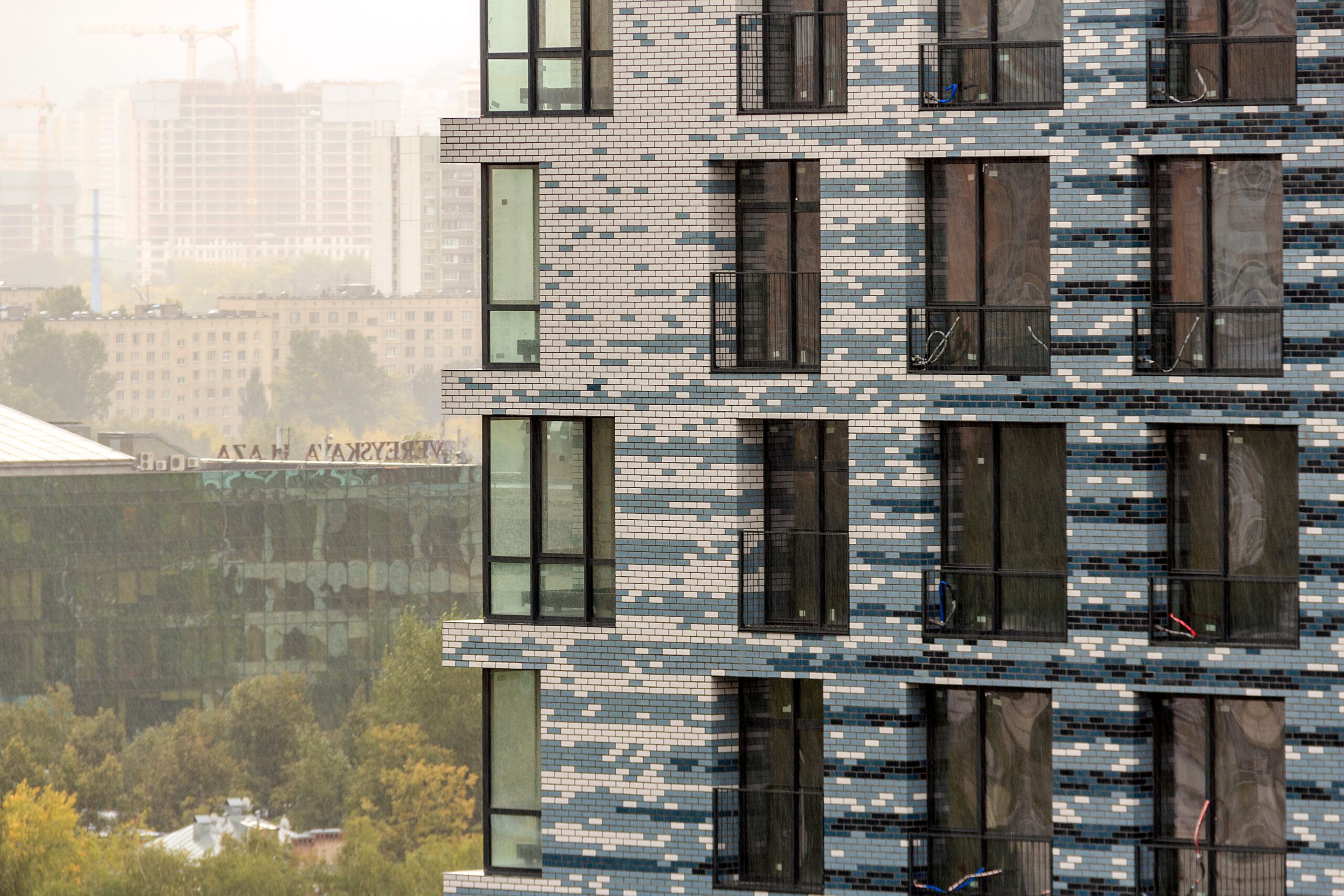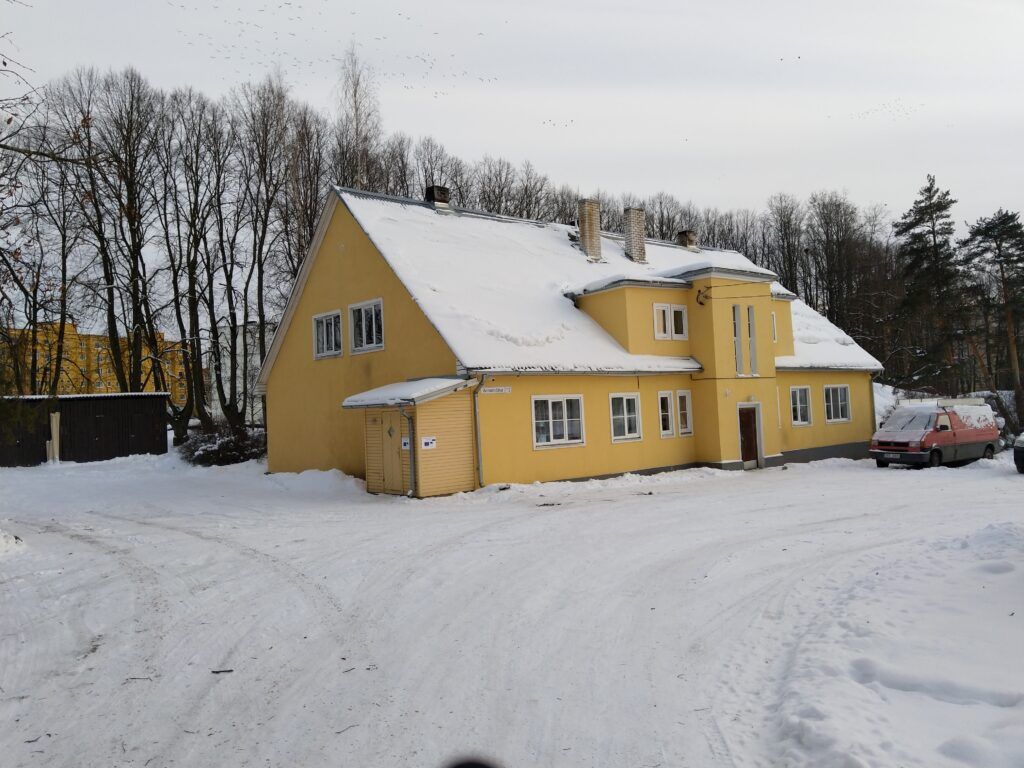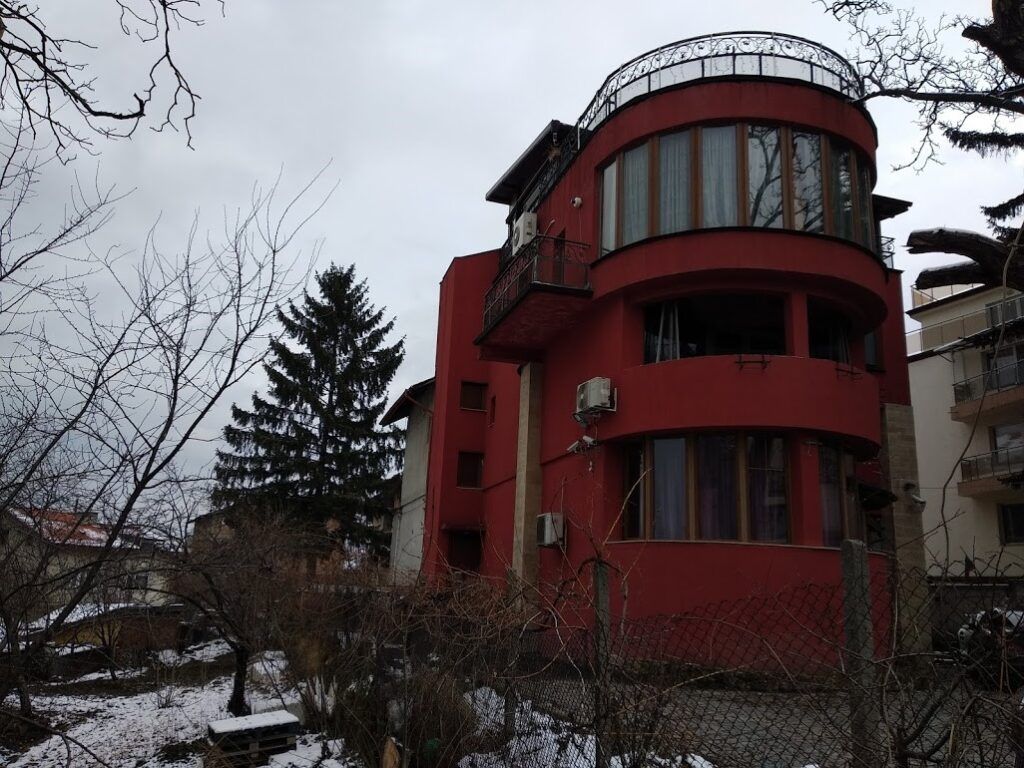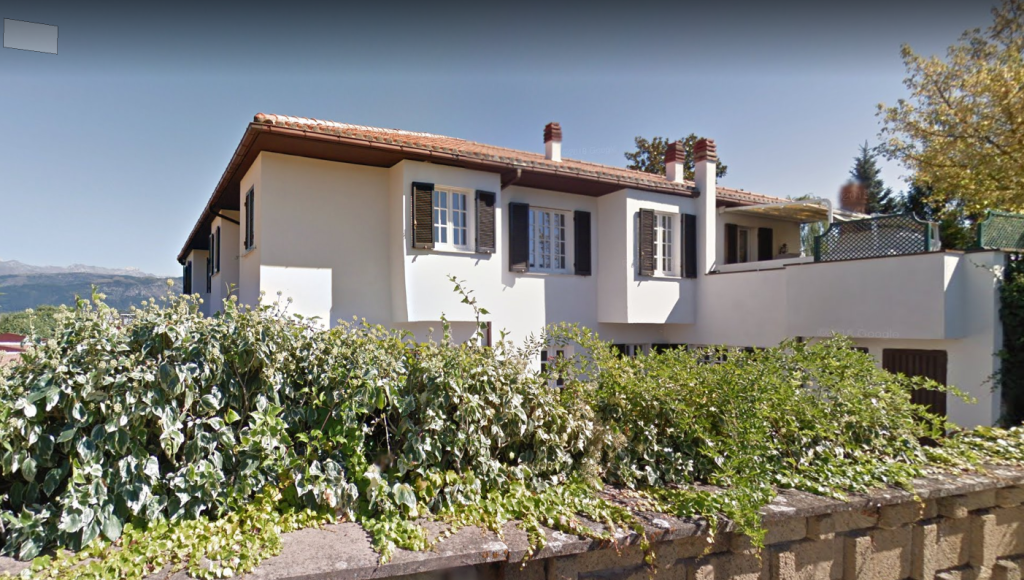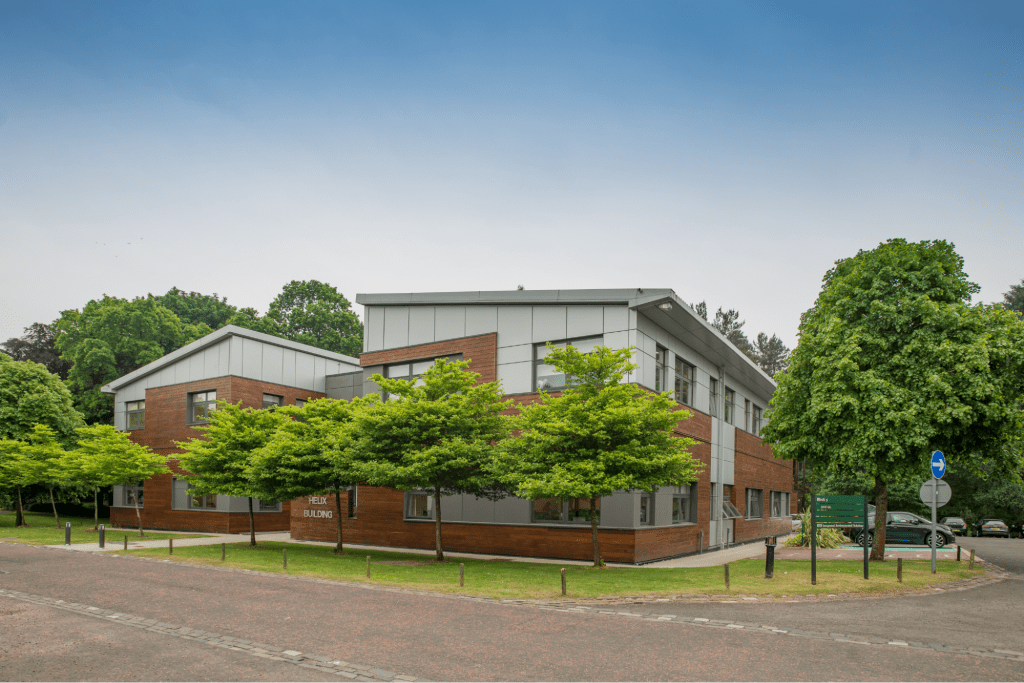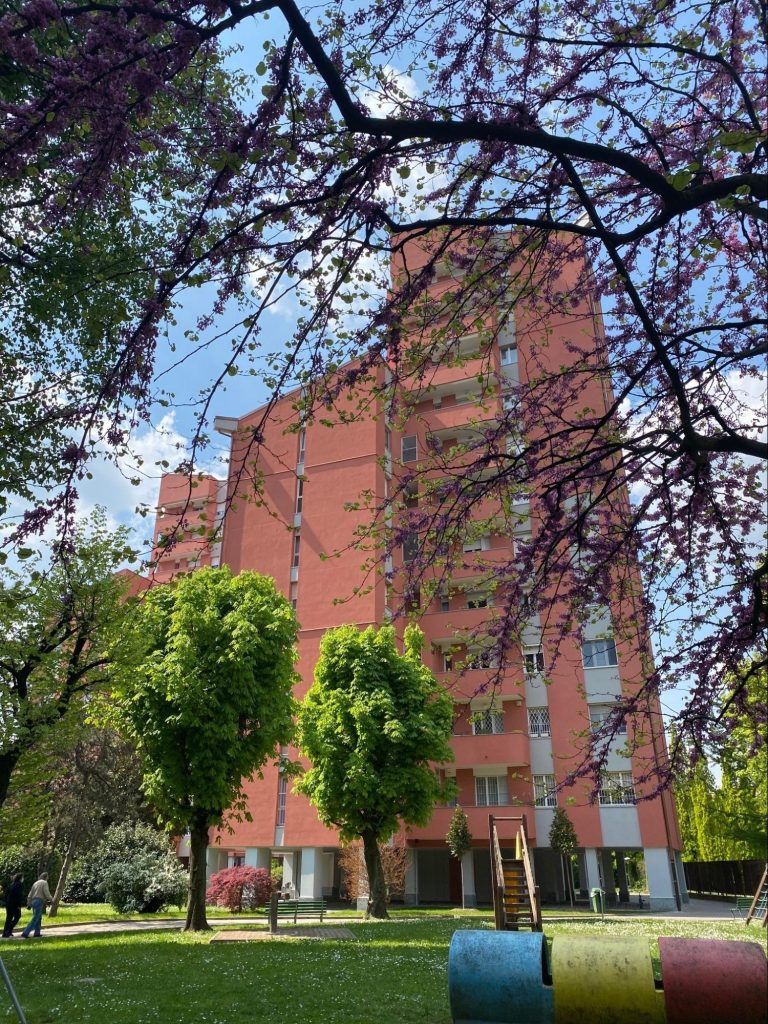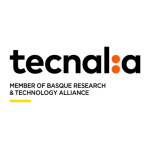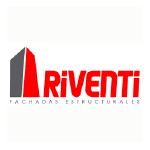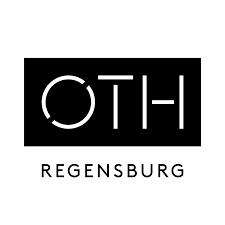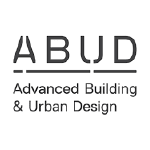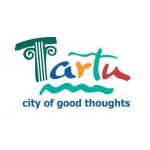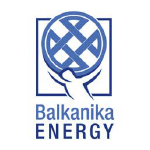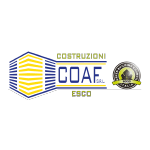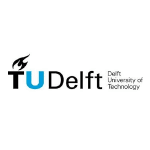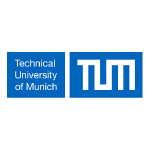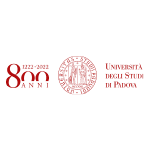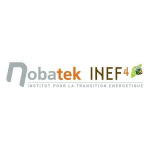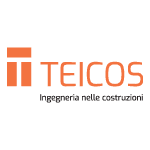Why Ensnare?
The building sector is one of the main contributors to GHG emissions, being 40% of the energy consumption in the EU associated with building needs, mainly for heating, cooling and domestic hot water purposes. In order to achieve 2050 decarbonisation goals, significant increase in the low renovation rates is needed. ENSNARE provides a systemic methodology combining products, systems and solutions that will facilitate and boost the adoption of novel and advanced technologies during renovation
The building envelope is a fundamental element since typically at least 75% of heat losses occur through the envelope comprising façade, roof and windows. Therefore, improving the envelope represents the basic requirement when undergoing a renovation project and, to achieve NZEB targets, advanced functionalities are required for this element that should go beyond current passive thermal barrier to become an active element (integrating energy harvesting, storage and distribution technologies).
This improved renovation process must leverage advances in ICT, digitalization, automation and robotics of industry to overcome the lack of a comprehensive approach to encompass current technologies and to facilitate communication between potential users and technology developers.
ENSNARE will boost the uptake of novel and highly efficient solutions for NZEB renovation via comprehensive methodology, tools and technologies that will accelerate the current renovation rate.
